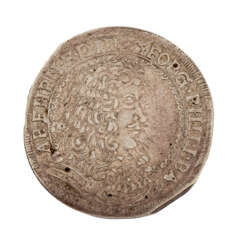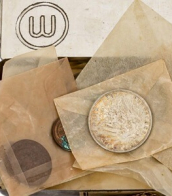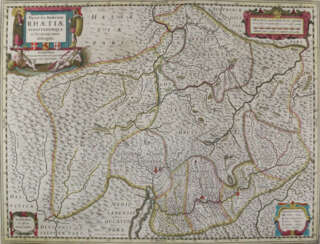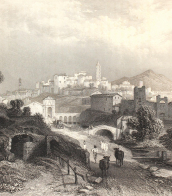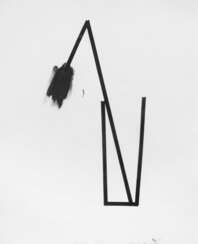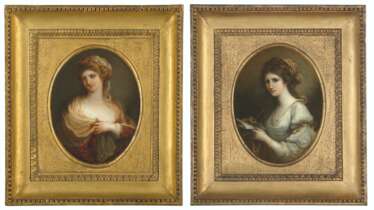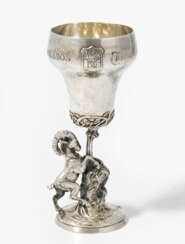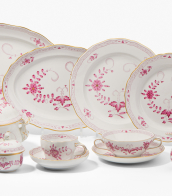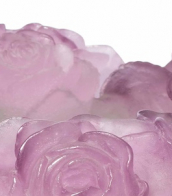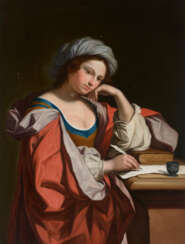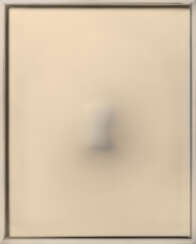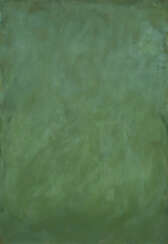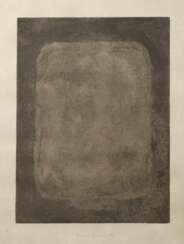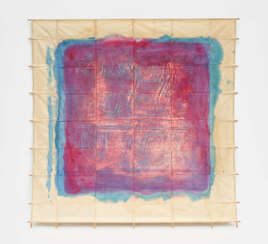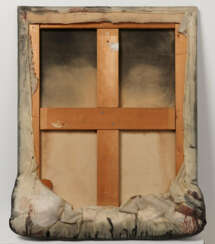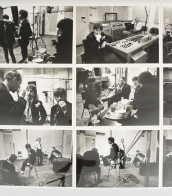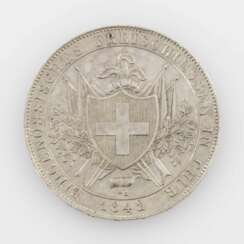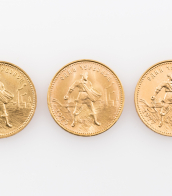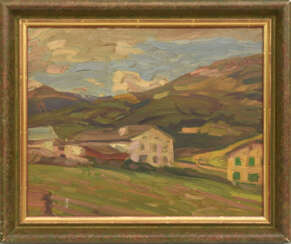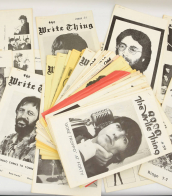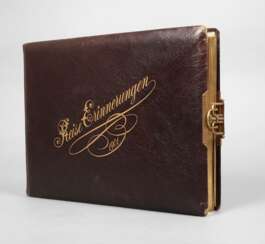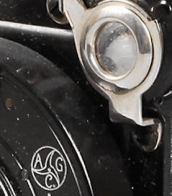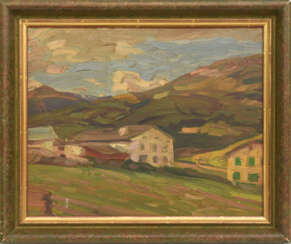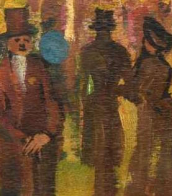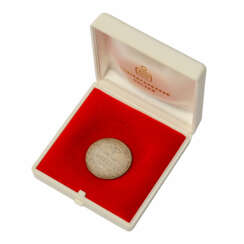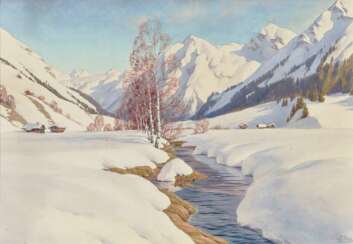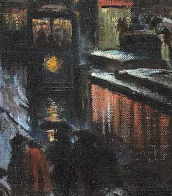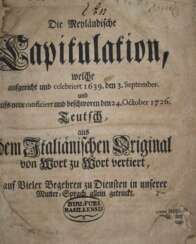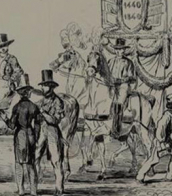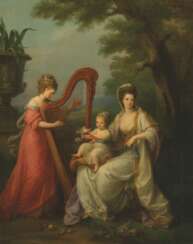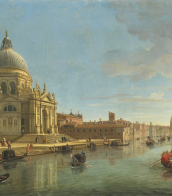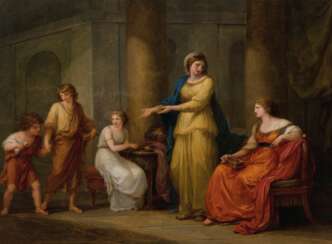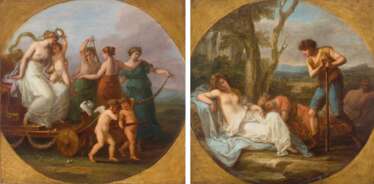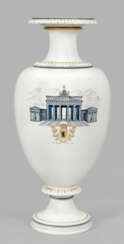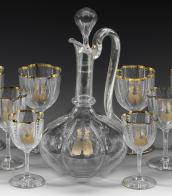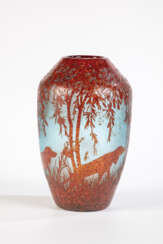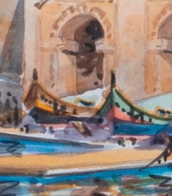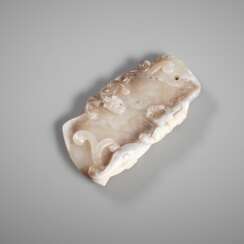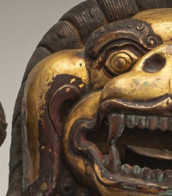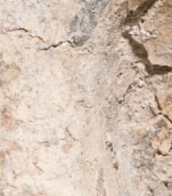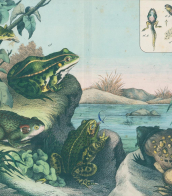graubünden
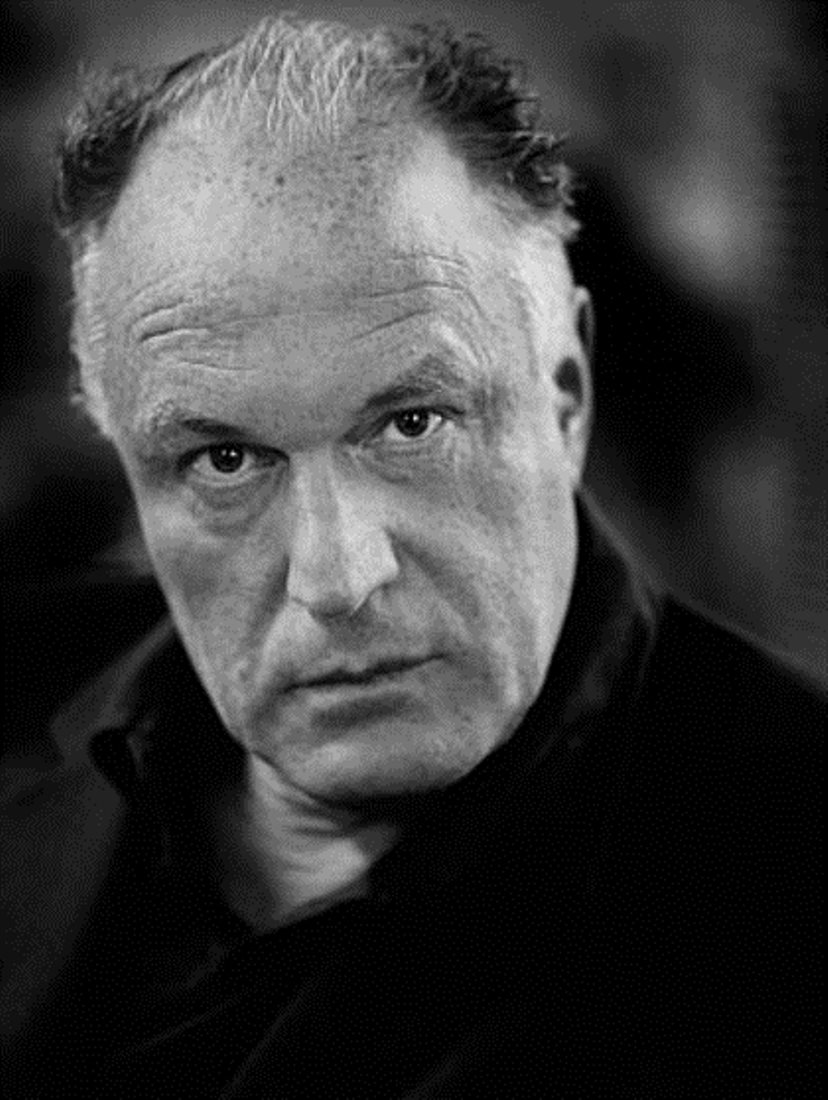
Not Vital is a Swiss artist living and working between his hometown, Beijing and Rio de Janeiro.
Not Vital's art is inspired by his nomadic lifestyle and experiences traveling the world, reflecting on habitats, nature and animals, as well as on the relationship between sculpture and architecture. To define his large-scale constructions, in 2009 Vital coined the term "SCARCH" - the union of sculpture and architecture. Central to his work is an exploration of the spatial, economic and cultural context of homes and workplaces.
Vital has opened studios in New York, Lucca, Beijing and Agadez. Over the course of his career, he has realized many structures for contemplation around the world, including a tunnel on the island of NotOne in Patagonia, Chile.
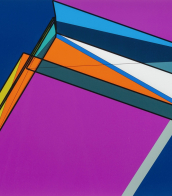
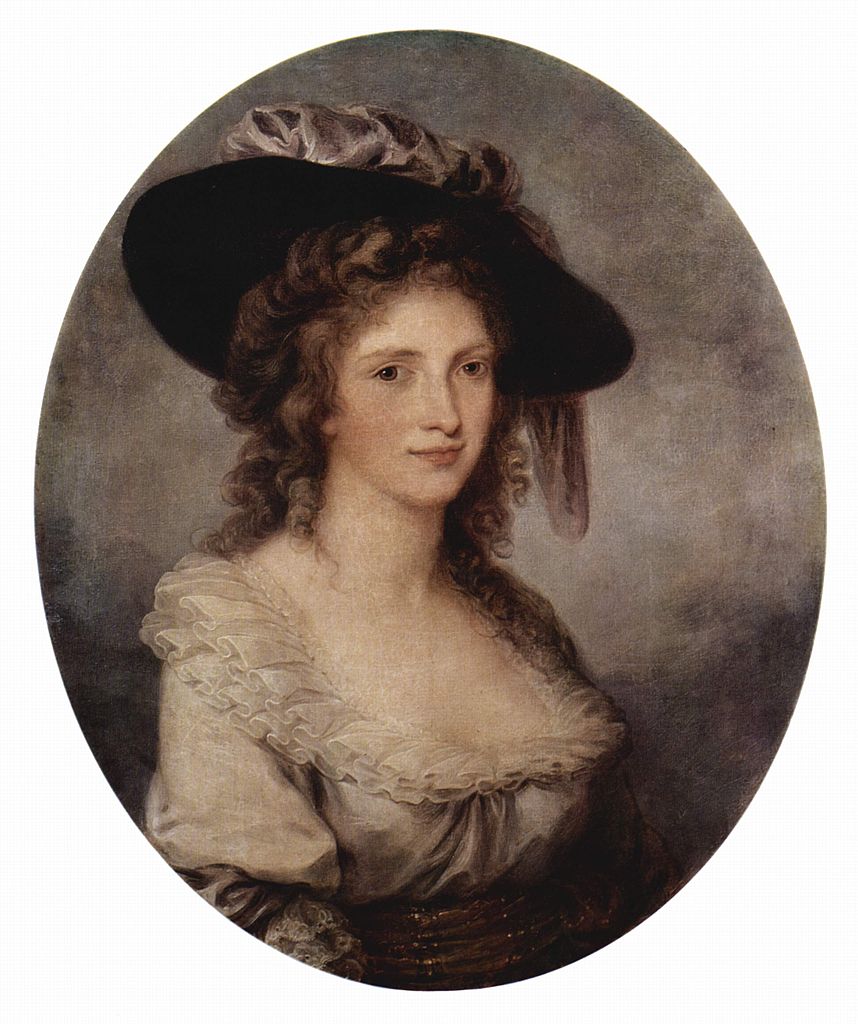
Maria Anna Angelica Kauffmann was a Swiss Neoclassical painter who had a successful career in London and Rome. Remembered primarily as a history painter, Kauffmann was a skilled portraitist, landscape and decoration painter. She was, along with Mary Moser, one of two female painters among the founding members of the Royal Academy in London in 1768.
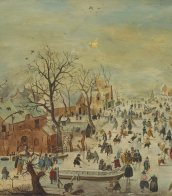
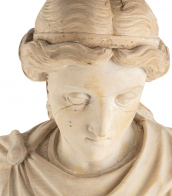

Maria Anna Angelica Kauffmann was a Swiss Neoclassical painter who had a successful career in London and Rome. Remembered primarily as a history painter, Kauffmann was a skilled portraitist, landscape and decoration painter. She was, along with Mary Moser, one of two female painters among the founding members of the Royal Academy in London in 1768.
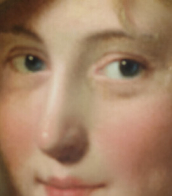

Maria Anna Angelica Kauffmann was a Swiss Neoclassical painter who had a successful career in London and Rome. Remembered primarily as a history painter, Kauffmann was a skilled portraitist, landscape and decoration painter. She was, along with Mary Moser, one of two female painters among the founding members of the Royal Academy in London in 1768.

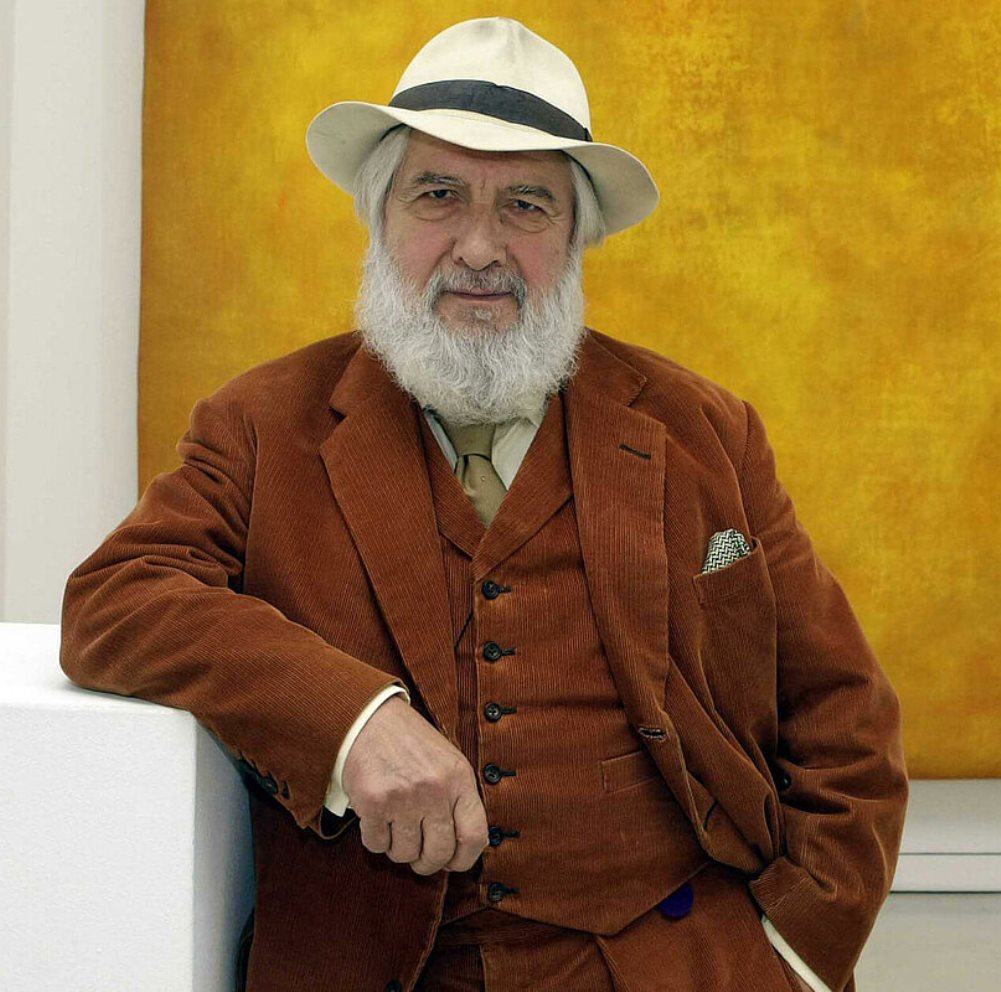
Gotthard Graubner was a German abstract painter associated with the post-war Zero and Informel movements. Graubner's work is known for its focus on color and its relationship to space and perception.
Graubner studied at the Kunstakademie Düsseldorf under the painter Georg Meistermann. In the 1950s, he became associated with the Zero group, a movement of artists who sought to create a new art form that was free of traditional artistic conventions and focused on the use of unconventional materials.
In the 1960s, Graubner began creating his signature "color-space bodies," large canvases that were mounted away from the wall and filled with thick layers of pigment. These works were designed to be experienced as three-dimensional objects that were both paintings and sculptures, and they often created a sense of depth and spatial ambiguity.
Graubner's work was exhibited widely in Europe and the United States, and he was the recipient of numerous awards and honors throughout his career. He also taught at several art schools, including the Kunstakademie Düsseldorf and the Städelschule in Frankfurt.
Graubner's innovative approach to painting and his exploration of the relationship between color, space, and perception continue to be an important influence on contemporary art.
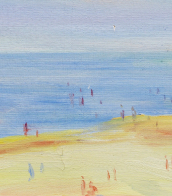

Gotthard Graubner was a German abstract painter associated with the post-war Zero and Informel movements. Graubner's work is known for its focus on color and its relationship to space and perception.
Graubner studied at the Kunstakademie Düsseldorf under the painter Georg Meistermann. In the 1950s, he became associated with the Zero group, a movement of artists who sought to create a new art form that was free of traditional artistic conventions and focused on the use of unconventional materials.
In the 1960s, Graubner began creating his signature "color-space bodies," large canvases that were mounted away from the wall and filled with thick layers of pigment. These works were designed to be experienced as three-dimensional objects that were both paintings and sculptures, and they often created a sense of depth and spatial ambiguity.
Graubner's work was exhibited widely in Europe and the United States, and he was the recipient of numerous awards and honors throughout his career. He also taught at several art schools, including the Kunstakademie Düsseldorf and the Städelschule in Frankfurt.
Graubner's innovative approach to painting and his exploration of the relationship between color, space, and perception continue to be an important influence on contemporary art.


Gotthard Graubner was a German abstract painter associated with the post-war Zero and Informel movements. Graubner's work is known for its focus on color and its relationship to space and perception.
Graubner studied at the Kunstakademie Düsseldorf under the painter Georg Meistermann. In the 1950s, he became associated with the Zero group, a movement of artists who sought to create a new art form that was free of traditional artistic conventions and focused on the use of unconventional materials.
In the 1960s, Graubner began creating his signature "color-space bodies," large canvases that were mounted away from the wall and filled with thick layers of pigment. These works were designed to be experienced as three-dimensional objects that were both paintings and sculptures, and they often created a sense of depth and spatial ambiguity.
Graubner's work was exhibited widely in Europe and the United States, and he was the recipient of numerous awards and honors throughout his career. He also taught at several art schools, including the Kunstakademie Düsseldorf and the Städelschule in Frankfurt.
Graubner's innovative approach to painting and his exploration of the relationship between color, space, and perception continue to be an important influence on contemporary art.
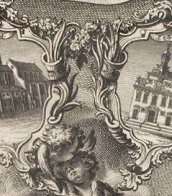

Gotthard Graubner was a German abstract painter associated with the post-war Zero and Informel movements. Graubner's work is known for its focus on color and its relationship to space and perception.
Graubner studied at the Kunstakademie Düsseldorf under the painter Georg Meistermann. In the 1950s, he became associated with the Zero group, a movement of artists who sought to create a new art form that was free of traditional artistic conventions and focused on the use of unconventional materials.
In the 1960s, Graubner began creating his signature "color-space bodies," large canvases that were mounted away from the wall and filled with thick layers of pigment. These works were designed to be experienced as three-dimensional objects that were both paintings and sculptures, and they often created a sense of depth and spatial ambiguity.
Graubner's work was exhibited widely in Europe and the United States, and he was the recipient of numerous awards and honors throughout his career. He also taught at several art schools, including the Kunstakademie Düsseldorf and the Städelschule in Frankfurt.
Graubner's innovative approach to painting and his exploration of the relationship between color, space, and perception continue to be an important influence on contemporary art.


Gotthard Graubner was a German abstract painter associated with the post-war Zero and Informel movements. Graubner's work is known for its focus on color and its relationship to space and perception.
Graubner studied at the Kunstakademie Düsseldorf under the painter Georg Meistermann. In the 1950s, he became associated with the Zero group, a movement of artists who sought to create a new art form that was free of traditional artistic conventions and focused on the use of unconventional materials.
In the 1960s, Graubner began creating his signature "color-space bodies," large canvases that were mounted away from the wall and filled with thick layers of pigment. These works were designed to be experienced as three-dimensional objects that were both paintings and sculptures, and they often created a sense of depth and spatial ambiguity.
Graubner's work was exhibited widely in Europe and the United States, and he was the recipient of numerous awards and honors throughout his career. He also taught at several art schools, including the Kunstakademie Düsseldorf and the Städelschule in Frankfurt.
Graubner's innovative approach to painting and his exploration of the relationship between color, space, and perception continue to be an important influence on contemporary art.


Maria Anna Angelica Kauffmann was a Swiss Neoclassical painter who had a successful career in London and Rome. Remembered primarily as a history painter, Kauffmann was a skilled portraitist, landscape and decoration painter. She was, along with Mary Moser, one of two female painters among the founding members of the Royal Academy in London in 1768.
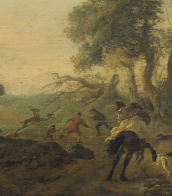

Maria Anna Angelica Kauffmann was a Swiss Neoclassical painter who had a successful career in London and Rome. Remembered primarily as a history painter, Kauffmann was a skilled portraitist, landscape and decoration painter. She was, along with Mary Moser, one of two female painters among the founding members of the Royal Academy in London in 1768.

